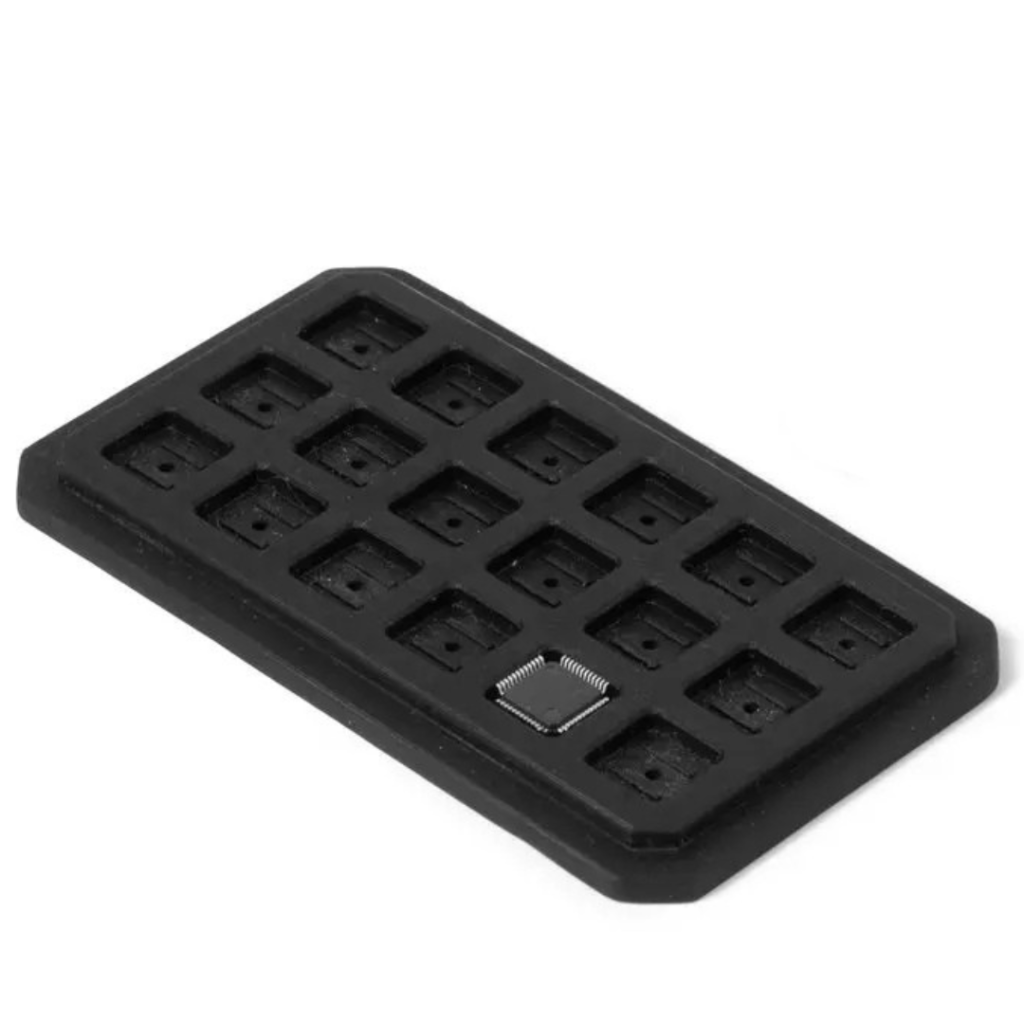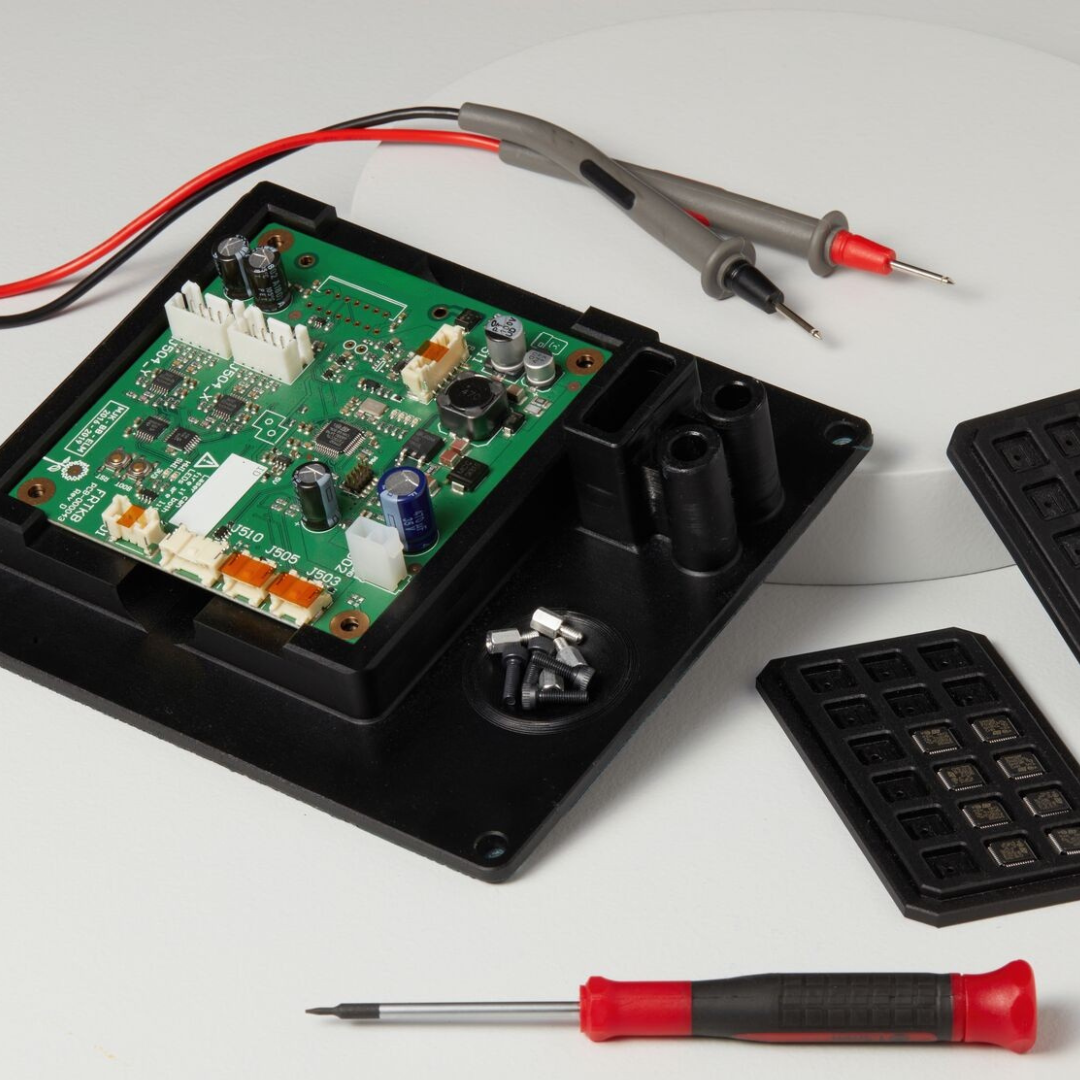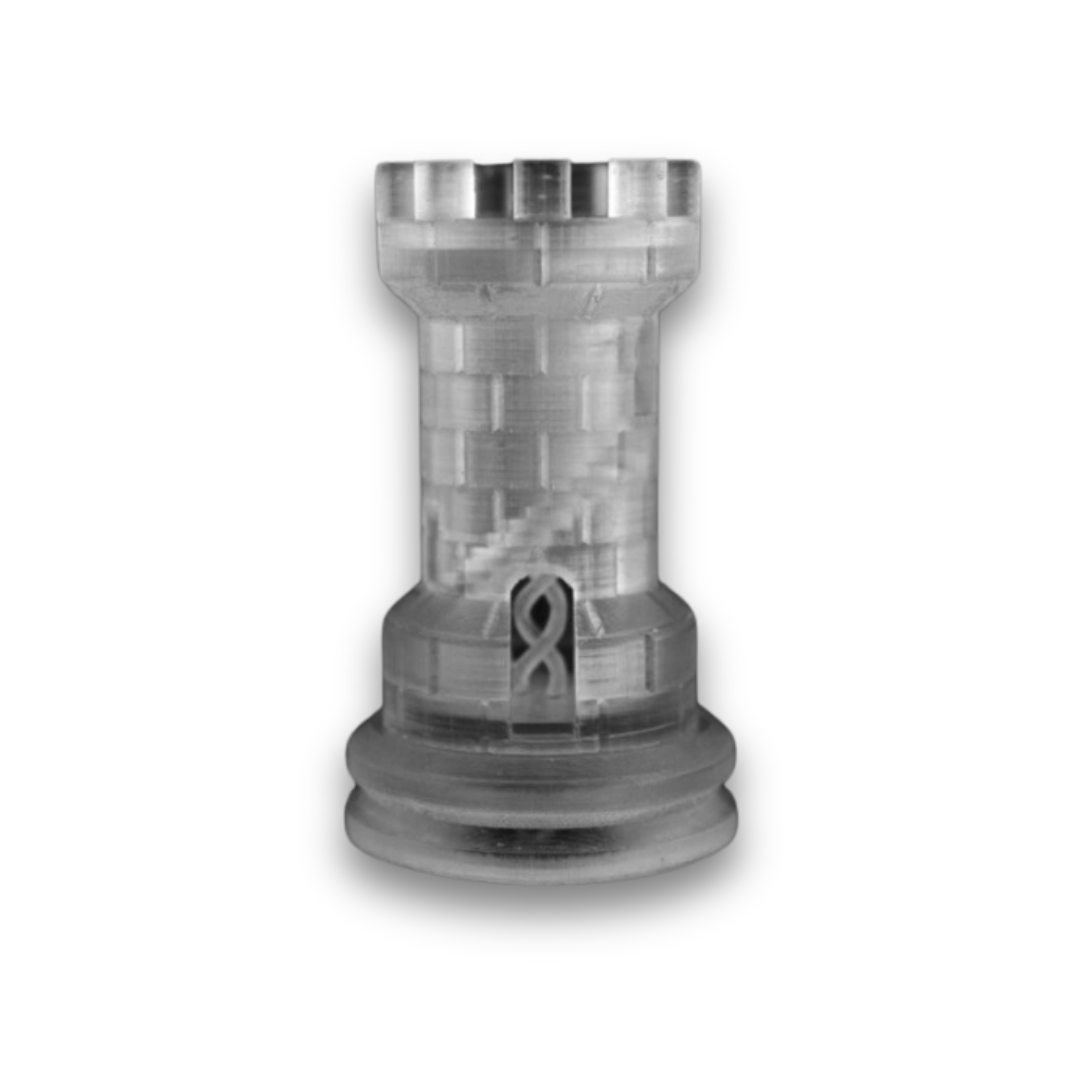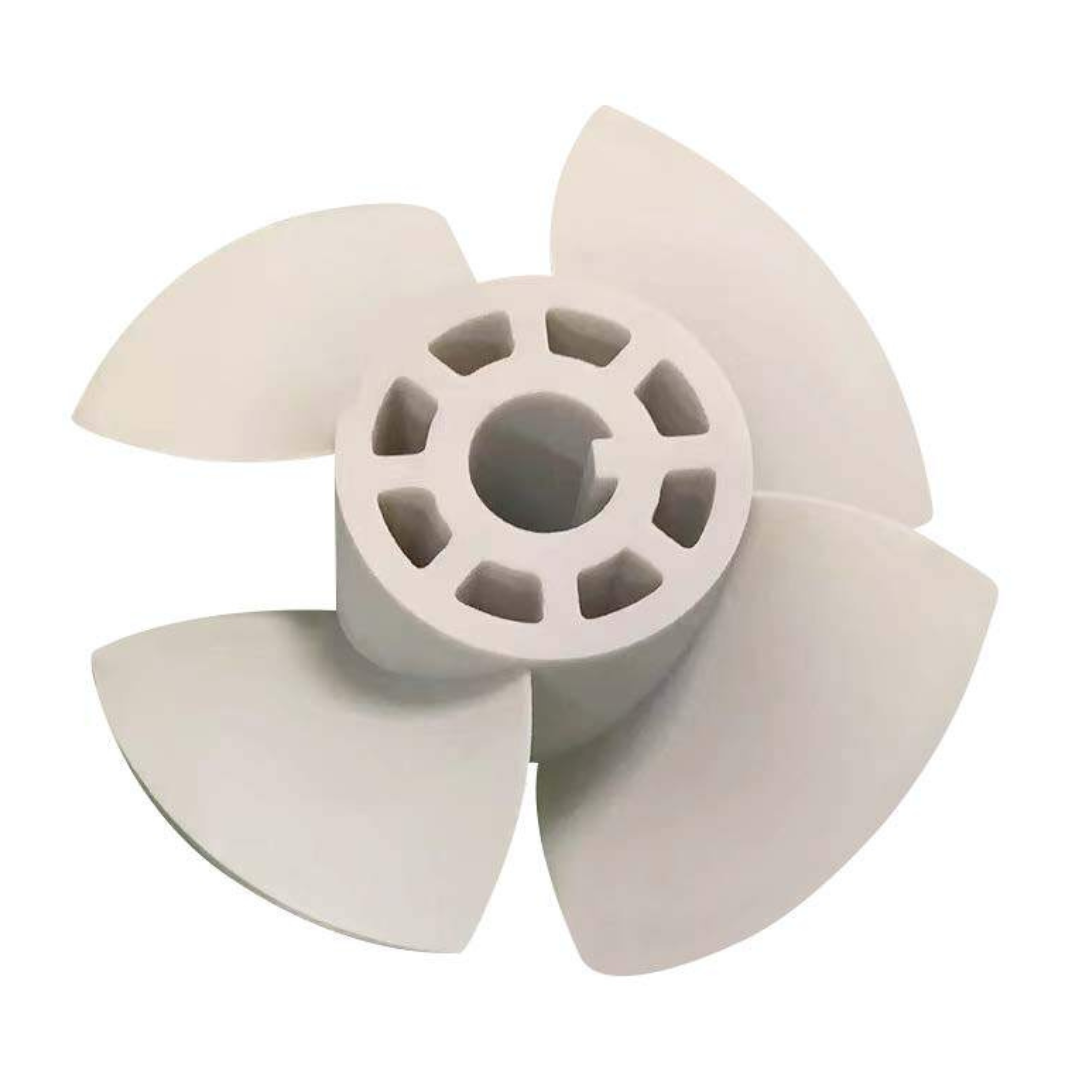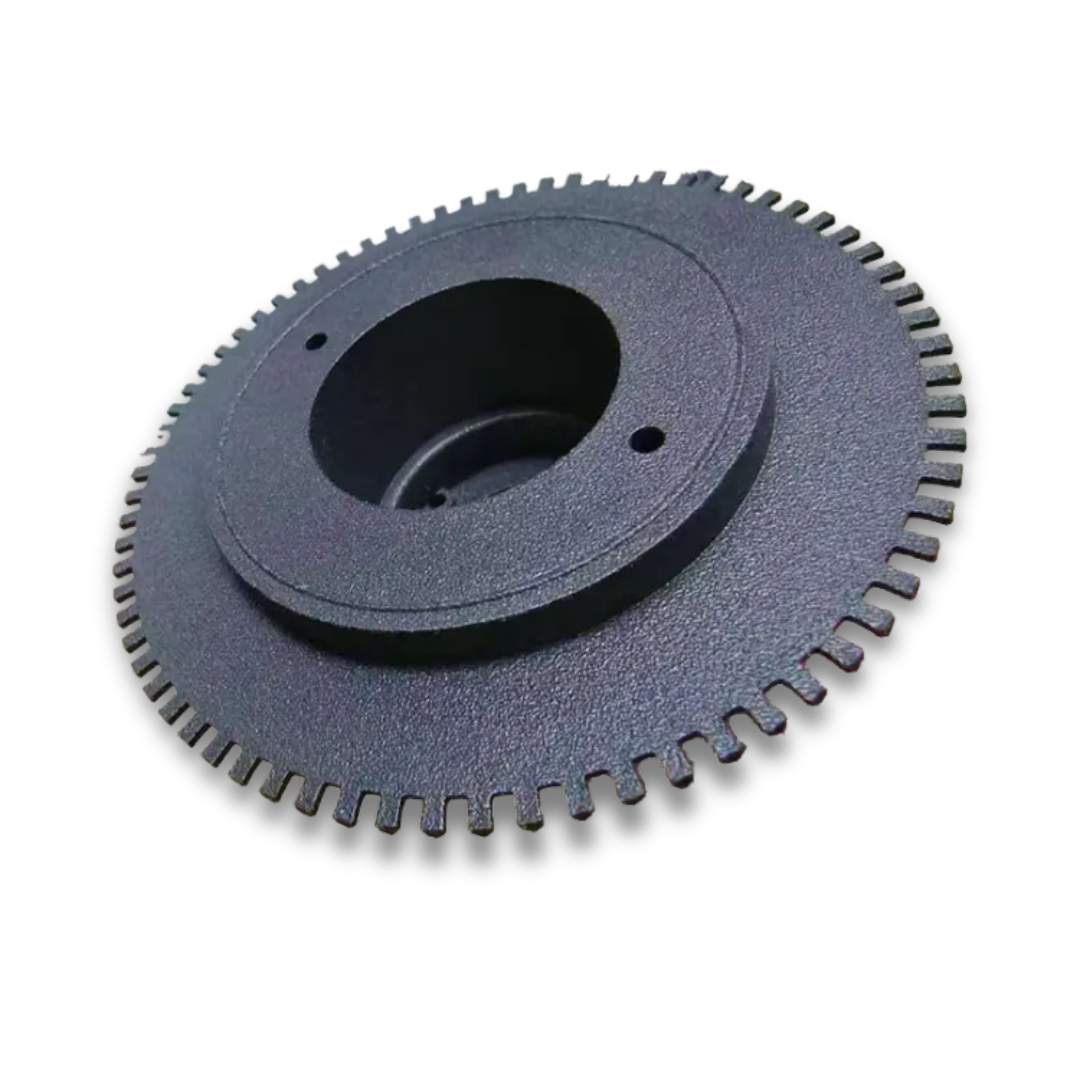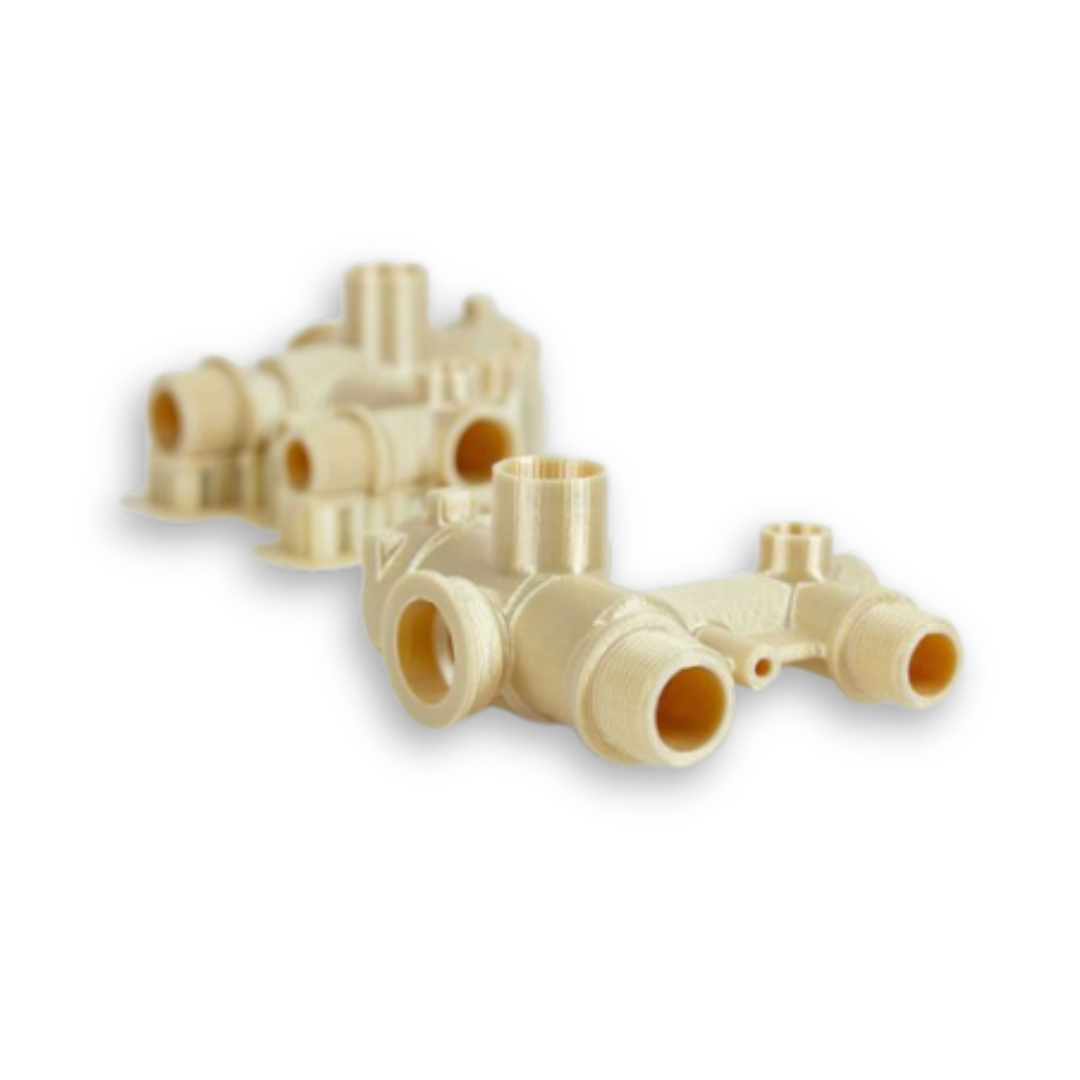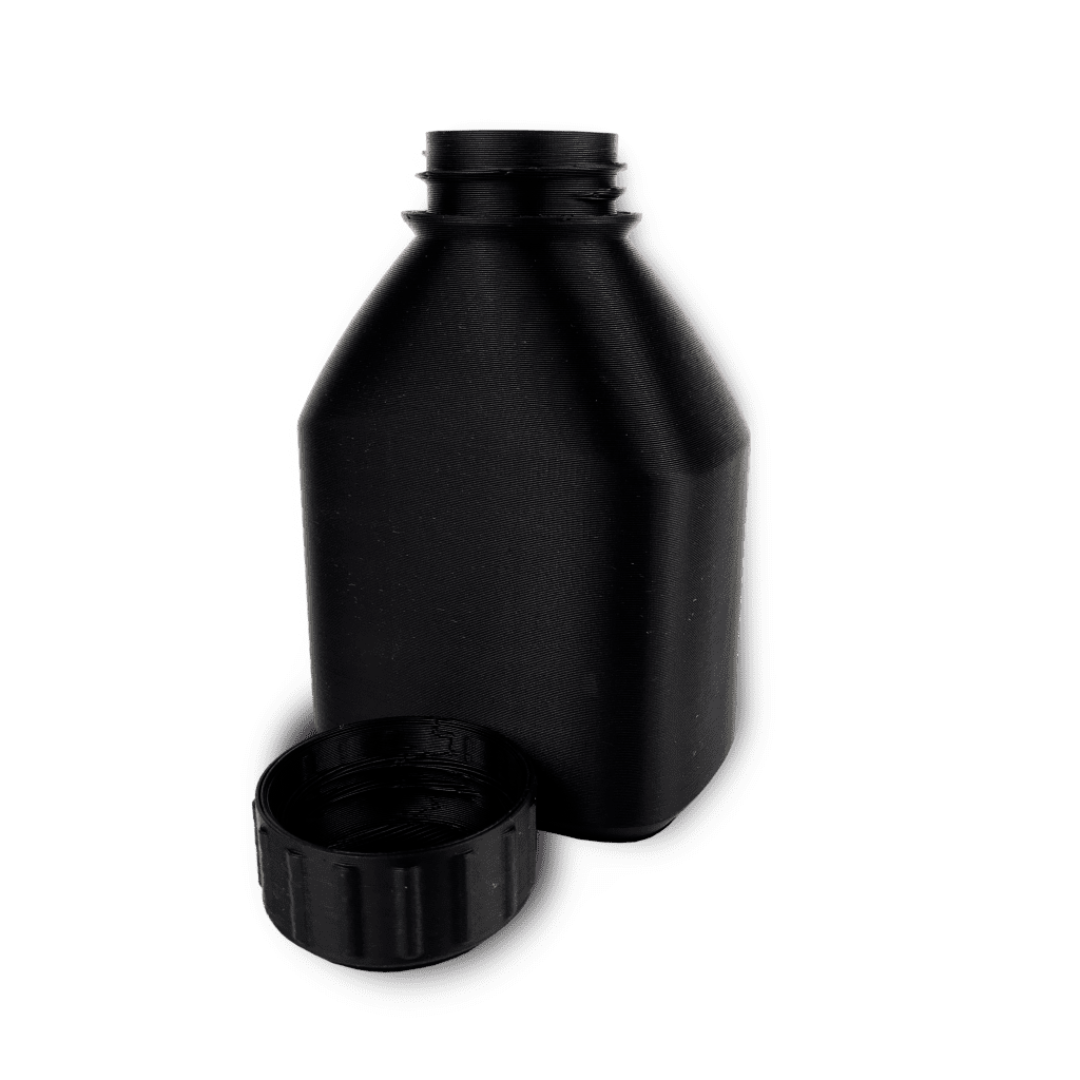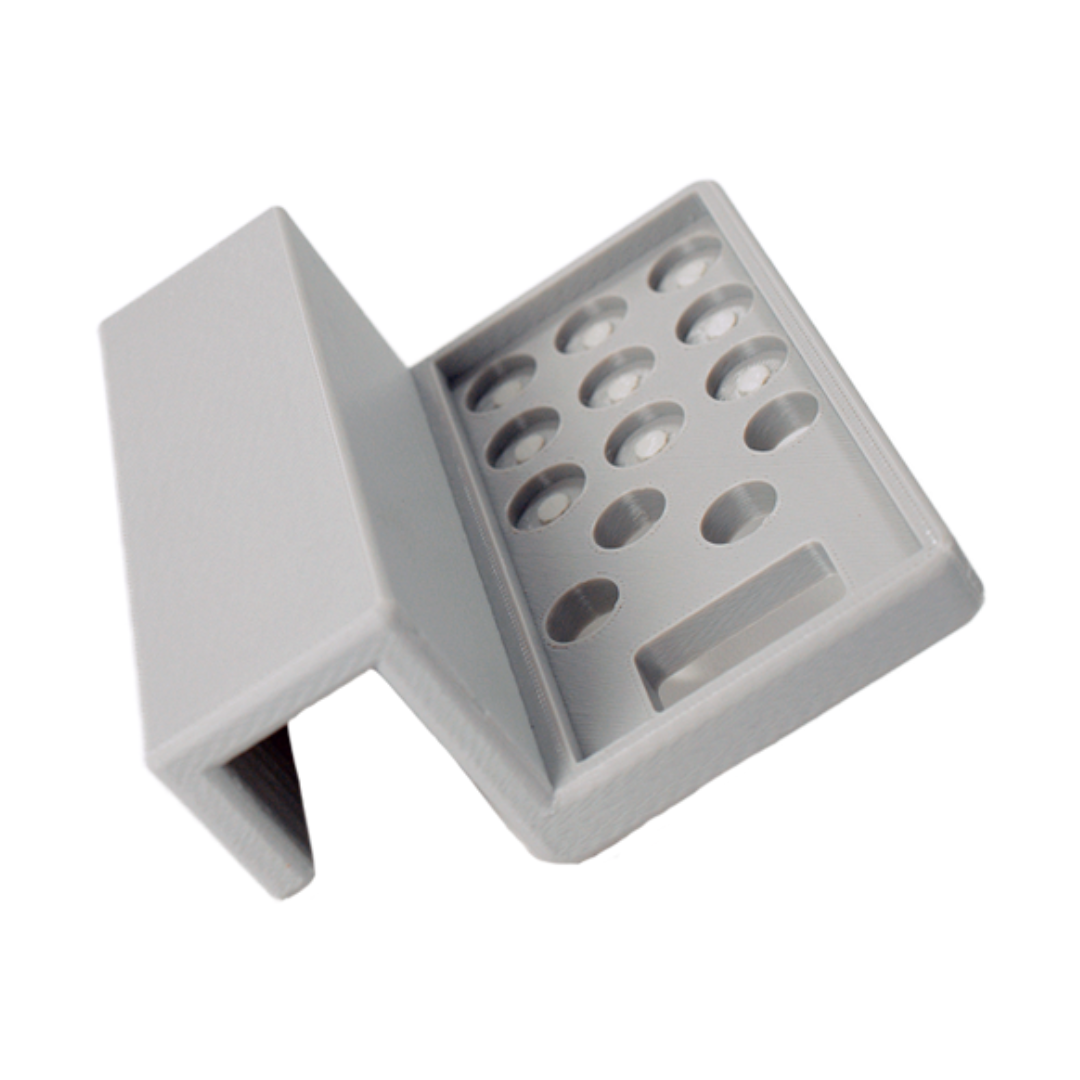Did You Know ? ?
Electrostatic discharge (ESD) can damage sensitive electronics during 3D printing. Using ESD-safe materials ensures safety in industries like aerospace, automotive, and electronics manufacturing.
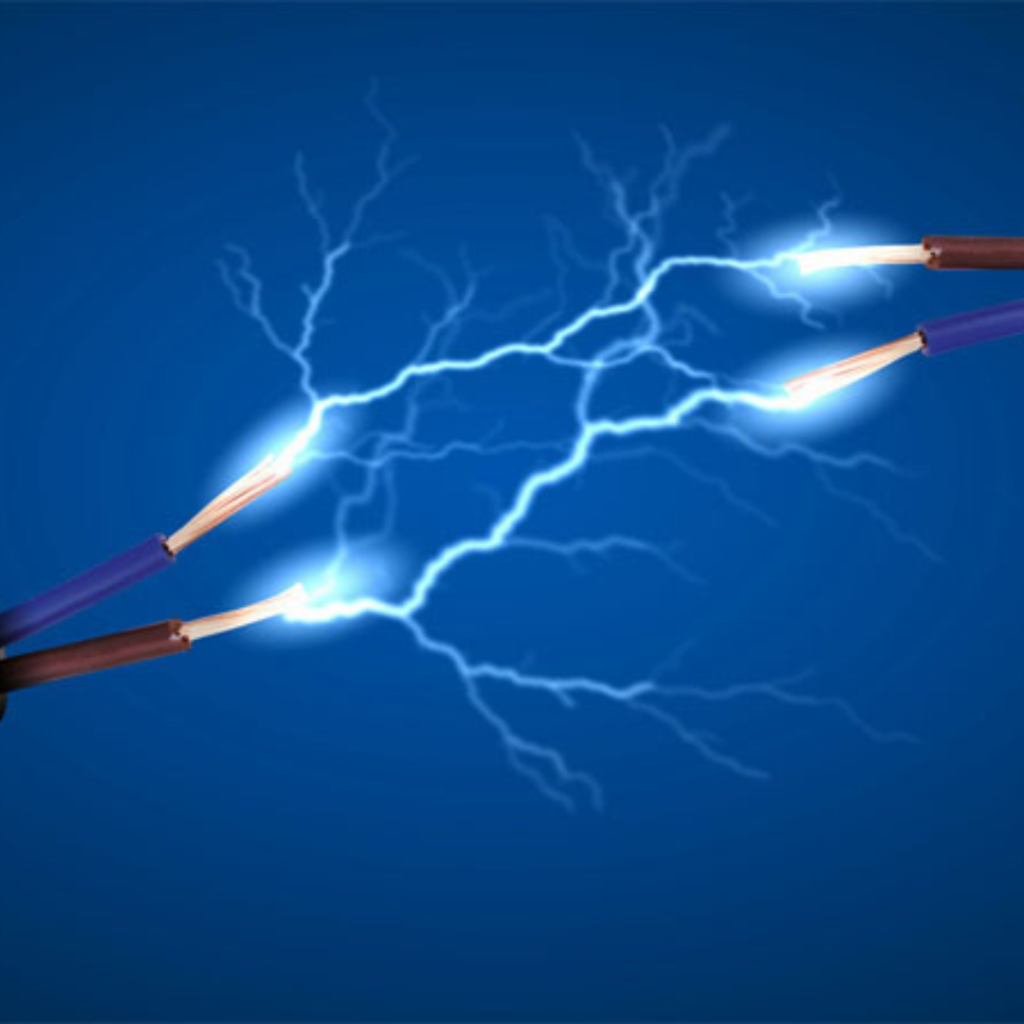
What is ESD?? ? ?
ESD (electrostatic dissipative) materials are specially designed to prevent static buildup—critical in electronics, aerospace, and sensitive manufacturing.
For 3D printing, these materials are made by adding conductive elements like carbon nanotubes or black carbon powder to the base plastic. The cool part? The same material can be static-dissipative or non-dissipative, depending on the mix!
Perfect for industries where a tiny spark can cause big problems.
Protecting Sensitive Electronics from Static Damage
Indeed, electrostatic discharge (ESD) poses a significant risk to sensitive electronic components during 3D printing. For context, a single static shock—often imperceptible to humans—can irreversibly damage microchips, circuit boards, and other delicate parts. Consequently, industries like aerospace, automotive, and electronics manufacturing rely heavily on ESD-safe 3D printing materials to prevent costly failures. Moreover, these materials ensure long-term reliability in mission-critical applications.
To illustrate, static electricity builds up naturally during 3D printing, especially with standard plastics like PLA or ABS. Therefore, when printing enclosures, jigs, or fixtures for electronics, ESD-safe materials become essential. Not only do they prevent component failure, but they also reduce manufacturing defects caused by dust attraction. Additionally, in high-risk environments like aerospace, ESD-safe materials mitigate fire hazards from static sparks.
A single static shock—often imperceptible to humans—can damage microchips, circuit boards, and other delicate parts. Industries like aerospace, automotive, and electronics manufacturing rely on ESD-safe 3D printing materials to prevent costly failures and ensure product reliability.
This guide explores the importance of ESD-safe filaments and resins, their key properties, and the best options available for protecting your electronic projects.
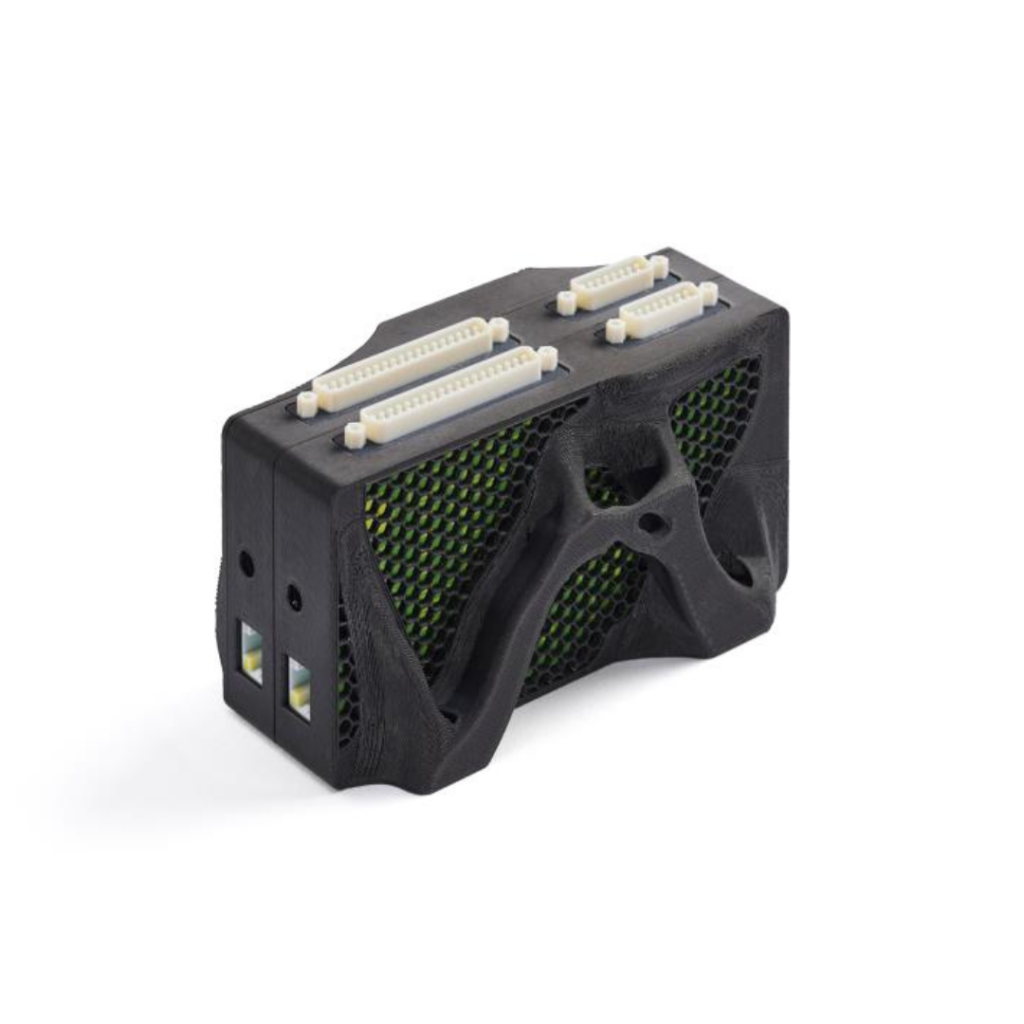
Why ESD-Safe Materials Matter in 3D Printing
Static electricity builds up naturally during 3D printing, especially with standard plastics like PLA or ABS. When printing enclosures, jigs, or fixtures for electronics, ESD-safe materials prevent:
Component Failure – Static discharge can fry ICs, sensors, and PCB traces.
Manufacturing Defects – ESD can attract dust, leading to poor print quality.
Safety Hazards – In explosive environments (e.g., aerospace), static sparks are a fire risk.
Industries that benefit most from ESD-safe 3D printing include:
✔ Electronics Manufacturing (PCB holders, test fixtures)
✔ Aerospace & Defense (Static-sensitive drone/avionics parts)
✔ Automotive (EV battery components, sensor housings)
✔ Medical Devices (ESD-safe surgical tools & enclosures)

Why does this matter?
A tiny, invisible spark—something as small as 100 volts of static discharge—can wreak havoc in electronics and industrial environments. Here’s why ESD-safe 3D printing materials are critical:
1. Destroy Sensitive Electronics
Microchips & PCBs can be permanently damaged by as little as 30V of ESD (human touch generates 3,000V+!).
Common failures: Short circuits, data corruption, or complete component failure.
Costly consequences: Wasted prototypes, failed QA tests, or recalls in manufacturing.
2. Trigger Fires & Explosions (In High-Risk Environments)
- In industries like aerospace, chemical processing, or mining, static sparks can ignite:
-Flammable gases (hydrogen, methane)
–Combustible dust (powdered metals, grain, plastics)
Example: A non-ESD-safe 3D-printed tool in a fuel system could cause a disaster.
3. Attract Contaminants & Reduce Product Lifespan
- Static attracts dust, fibers, and debris, leading to:
-Poor print quality (rough surfaces, clogged nozzles).
-Premature wear in moving parts (e.g., drone gears, robotic arms).
3D Printing Service Malaysia , 3D Printing service Singapore , 3D Printing service KL , 3D Printing service Selangor, 3D Scanning Malaysia
